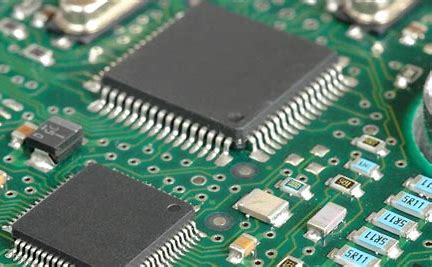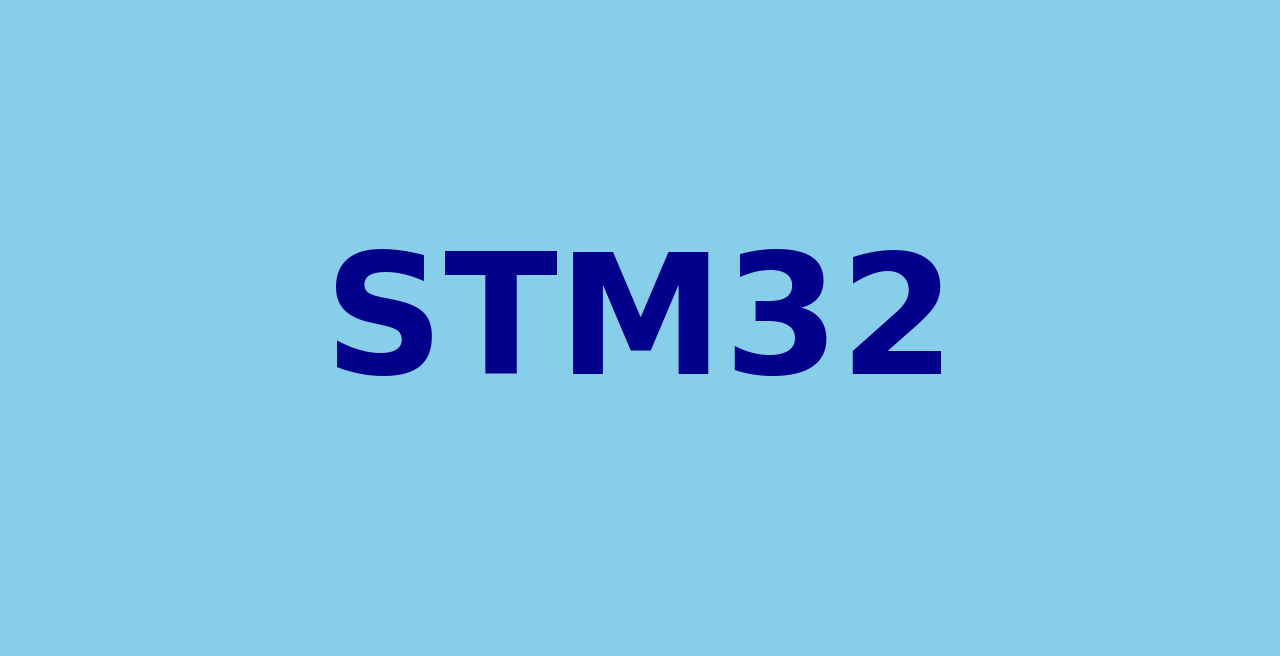基础概念
什么是SPI?
SPI是串行外设接口(Serial Peripheral Interface)的缩写。是 Motorola 公司推出的一 种同步串行接口技术,是一种高速的,全双工,同步的通信总线。
SPI优点:支持全双工通信 通信简单 数据传输速率块
缺点 :没有指定的流控制,没有应答机制确认是否接收到数据,所以跟IIC总线协议比较在数据 可靠性上有一定的缺陷。
特点:
- 高速、同步、全双工、非差分、总线式
- 主从机通信模式
蓝桥杯相关(暂未使用SPI)
DS1302(时钟芯片)底层
1
2
3
4
5
6
7
8
9
10
11
12
13
14
15
16
17
18
19
20
21
22
23
24
25
26
27
28
29
30
31
32
33
34
35
36
37
38
39
40
41
42
43
44
45
46
47
48
49
50
51
| #include <reg52.h>
#include <intrins.h>
#include "ds1302.h"
sbit SCK=P1^7;
sbit SDA=P2^3;
sbit RST = P1^3;
void Write_Ds1302(unsigned char temp)
{
unsigned char i;
for (i=0;i<8;i++)
{
SCK=0;
SDA=temp&0x01;
temp>>=1;
SCK=1;
}
}
void Write_Ds1302_Byte( unsigned char address,unsigned char dat )
{
RST=0; _nop_();
SCK=0; _nop_();
RST=1; _nop_();
Write_Ds1302(address);
Write_Ds1302(dat);
RST=0;
}
unsigned char Read_Ds1302_Byte ( unsigned char address )
{
unsigned char i,temp=0x00;
RST=0; _nop_();
SCK=0; _nop_();
RST=1; _nop_();
Write_Ds1302(address);
for (i=0;i<8;i++)
{
SCK=0;
temp>>=1;
if(SDA)
temp|=0x80;
SCK=1;
}
RST=0; _nop_();
SCK=0; _nop_();
SCK=1; _nop_();
SDA=0; _nop_();
SDA=1; _nop_();
return (temp);
}
|
基于底层的时序编写
1
2
3
4
5
6
7
8
9
10
11
12
13
14
15
16
17
18
19
20
21
22
23
24
25
26
27
28
29
30
31
32
| void Set_Rtc(unsigned char* ucRtc)
{
unsigned char i;
Write_Ds1302_Byte(0x8e,0);
for(i=0;i<3;i++)
Write_Ds1302_Byte(0x84-i*2,ucRtc[i]);
Write_Ds1302_Byte(0x8e,1);
}
void Read_Rtc(unsigned char* ucRtc)
{
unsigned char i;
for(i=0;i<3;i++)
ucRtc[i] = Read_Ds1302_Byte(0x85-i*2);
}
void Set_Date(unsigned char* ucDate)
{
Write_Ds1302_Byte(0x8e,0);
Write_Ds1302_Byte(0x8c,ucDate[0]);
Write_Ds1302_Byte(0x88,ucDate[1]);
Write_Ds1302_Byte(0x86,ucDate[2]);
Write_Ds1302_Byte(0x8e,1);
}
void Read_Date(unsigned char* ucDate)
{
ucDate[0] = Read_Ds1302_Byte(0x8d);
ucDate[1] = Read_Ds1302_Byte(0x89);
ucDate[2] = Read_Ds1302_Byte(0x87);
}
|
超声波底层
1
2
3
4
5
6
7
8
9
10
11
12
13
14
15
16
17
18
19
20
21
22
23
24
25
26
27
| #include <Ultrasonic.h>
#include <INTRINS.h>
sbit TX = P1^0;
sbit RX = P1^1;
void Delay12us(void)
{
unsigned char data i;
_nop_();
_nop_();
i = 33;
while (--i);
}
void Ut_Wave_Init(void)
{
unsigned char i;
for(i=0;i<8;i++)
{
TX=1;
Delay12us();
TX=0;
Delay12us();
}
}
|
基于底层的时序编写
1
2
3
4
5
6
7
8
9
10
11
12
13
14
15
16
17
18
19
20
21
| unsigned int Ut_Wave_Data(void)
{
unsigned int time;
TMOD &= 0x0F;
TL1=TH1=0;
Ut_Wave_Init();
TR1=1;
while((RX==1) && (TF1==0));
TR1=0;
if(TF1==0)
{
time = TH1<<8 | TL1;
return (time *0.017);
}
else
{
TF1=0;
return 0;
}
}
|




![【stm32单片机】[操作系统][RT-Thread][3]线程通信](/img/blog_cover/rt-thread.jpg)